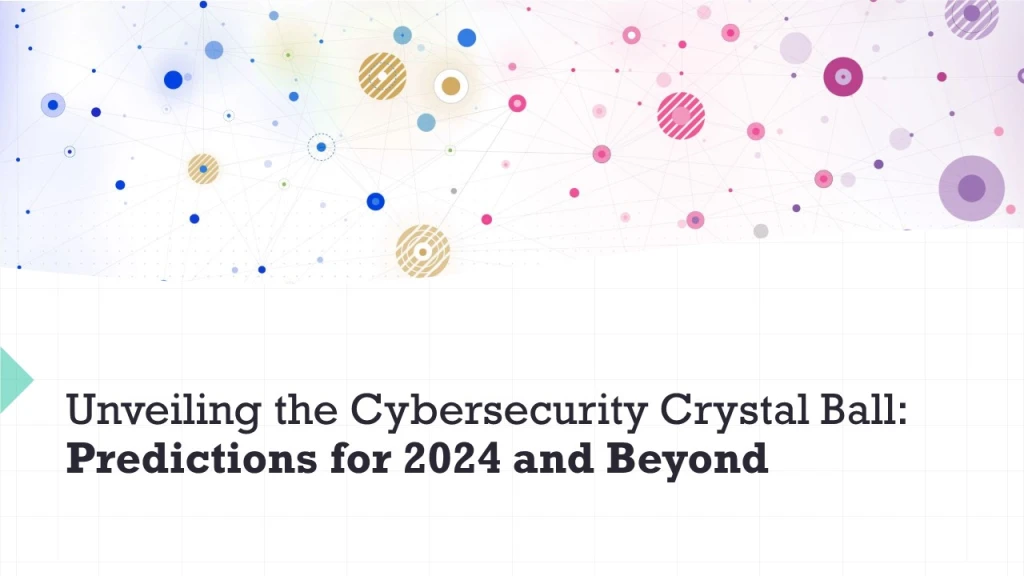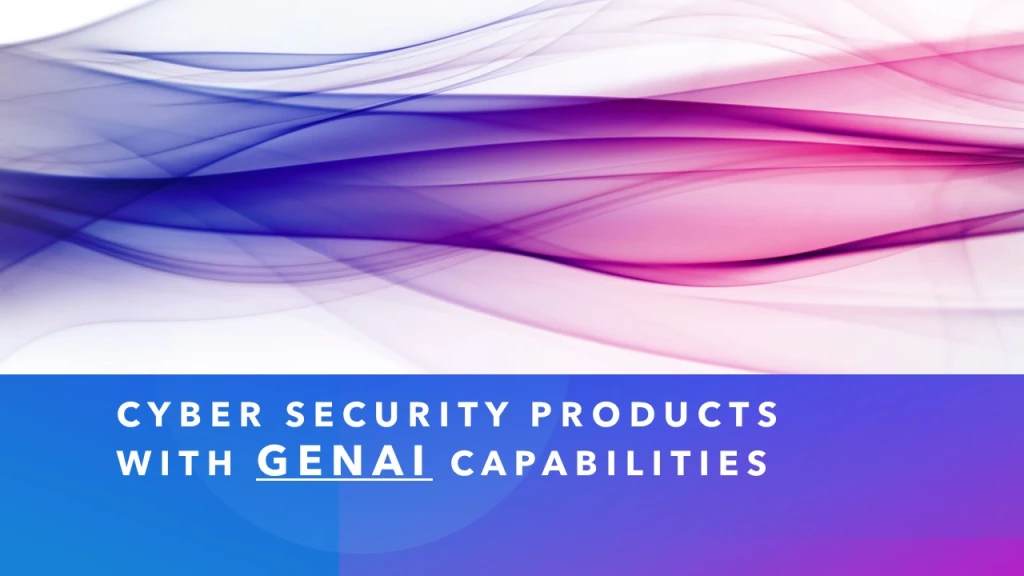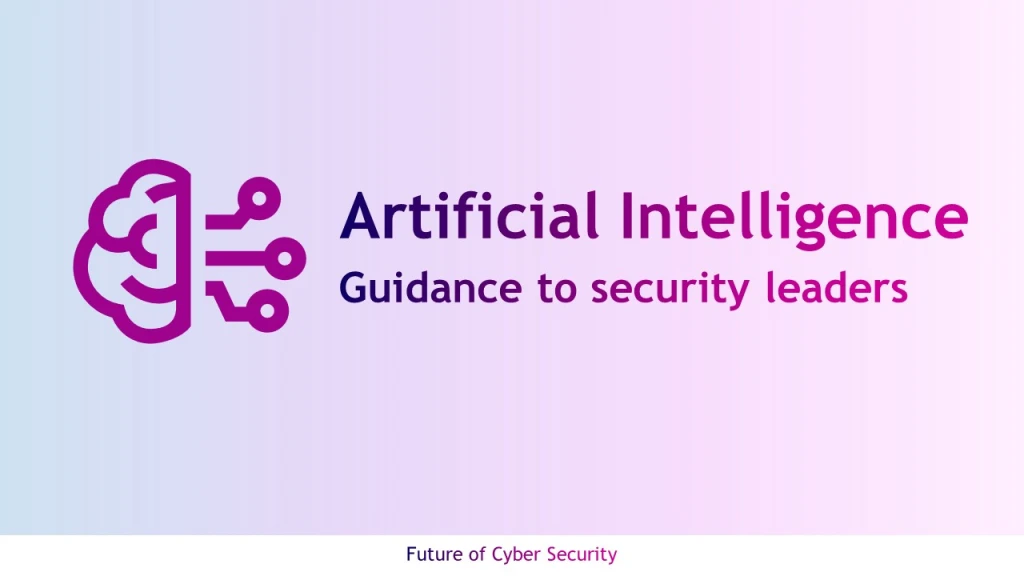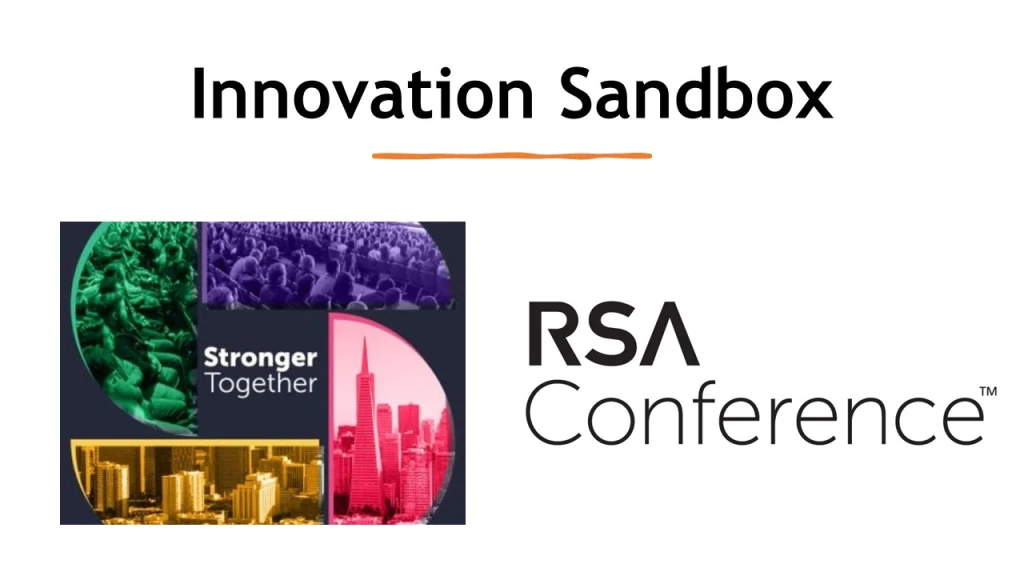The Human-Centric Evolution: Redefining Cybersecurity Practices
As we stand on the precipice of 2024, the role of Chief Information Security Officers (CISOs) is undergoing a profound transformation. Strategic planning assumptions by Gartner suggest that 50% of CISOs will embrace human-centric design practices.
This innovative approach places the individual at the core of cybersecurity programs, focusing on minimizing operational friction and maximizing control adoption.
It’s a shift from the traditional emphasis on technology, threat, or location to a people-centric model that acknowledges the crucial role of human behavior in safeguarding digital landscapes. As we delve into 2024, the integration of human-centric design promises to be a linchpin in fortifying our cyber defenses.
Privacy as the New Battleground: Weaponizing Data in a Competitive Landscape
The year 2024 heralds a new era in privacy regulation, with modern frameworks enveloping the majority of consumer data. Gartner’s foresight predicts that less than 10% of organizations will successfully weaponize privacy as a competitive advantage. This revelation underscores the pivotal role of privacy programs in enabling organizations to leverage data more broadly, differentiate themselves in the market, and build trust with stakeholders. As we navigate through the privacy battleground, the call for security leaders to enforce comprehensive privacy standards, akin to GDPR, emerges as a strategic imperative. It’s not just compliance; it’s a strategic maneuver to thrive in an increasingly competitive digital arena.
Zero Trust Maturation: Navigating Complexity One Step at a Time
Looking ahead to 2026, Gartner foresees a significant shift in cybersecurity paradigms. A mere 1% of large enterprises are expected to have a comprehensive, mature, and measurable zero-trust program today, but by 2026, this figure is predicted to reach 10%. Zero trust demands integration and configuration of multiple components, presenting technical and operational complexities. The key lies in starting small and fostering an ever-evolving zero-trust mindset. By taking incremental steps, organizations can grasp the tangible benefits of zero-trust programs and effectively manage the inherent complexities.
The Unseen Digital Revolution: Employees Operating Beyond IT’s Watchful Eye
As we approach 2024, the role of the Chief Information Security Officer (CISO) undergoes a pivotal shift. Gartner predicts that 75% of employees will acquire, modify, or create technology outside of IT’s visibility. This shift underscores a transformation in the CISO’s role – from being control owners to becoming facilitators of risk decisions. To navigate this evolving landscape, reframing the cybersecurity operating model becomes imperative. The focus must extend beyond technology and automation to deeply engage with employees, influencing decision-making, and ensuring they possess the knowledge needed to make informed choices in the digital realm.
The Challenge of Quantifying Cyber Risk: A Quest for Action-Based Results
In the quest for effective cybersecurity, the year 2024 presents a unique challenge – cyber risk quantification. Gartner’s research signals that 50% of cybersecurity leaders will have attempted, unsuccessfully, to use cyber risk quantification to drive enterprise decision-making. While 62% of adopters report gains in credibility and cyber risk awareness, only 36% achieve action-based results. The crux lies in focusing firepower on quantification that decision-makers demand, aligning it with tangible results such as risk reduction, cost savings, or actual decision influence. It’s a call for precision in the analysis that resonates with the business’s priorities, rather than self-directed analyses that require persuasion.
Navigating the Cybersecurity Frontier in 2024 and Beyond
As we peer into the crystal ball of cybersecurity predictions for 2024, a tapestry of challenges and opportunities unfolds. The landscape is marked by the evolution of human-centric design, the strategic weaponization of privacy, the maturation of zero-trust programs, the unseen digital revolution led by employees, and the quest for precision in cyber risk quantification. Each prediction serves as a beacon guiding organizations through the complex, dynamic, and ever-evolving cybersecurity frontier. The key lies not only in anticipating these shifts but in embracing them as catalysts for innovation, resilience, and a future where our digital world is fortified against emerging threats. Welcome to the cybersecurity journey of 2024 and beyond, where each challenge met is an opportunity seized for a safer, more secure digital future.





Leave a comment